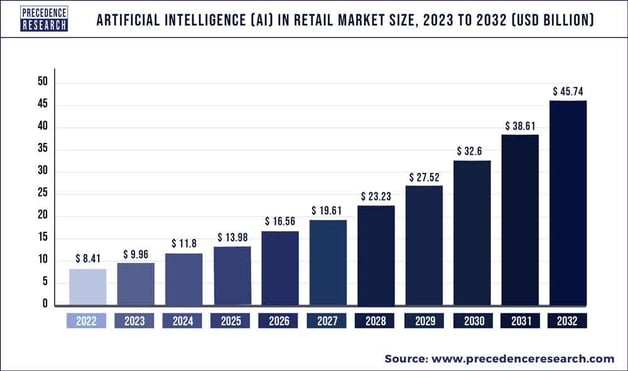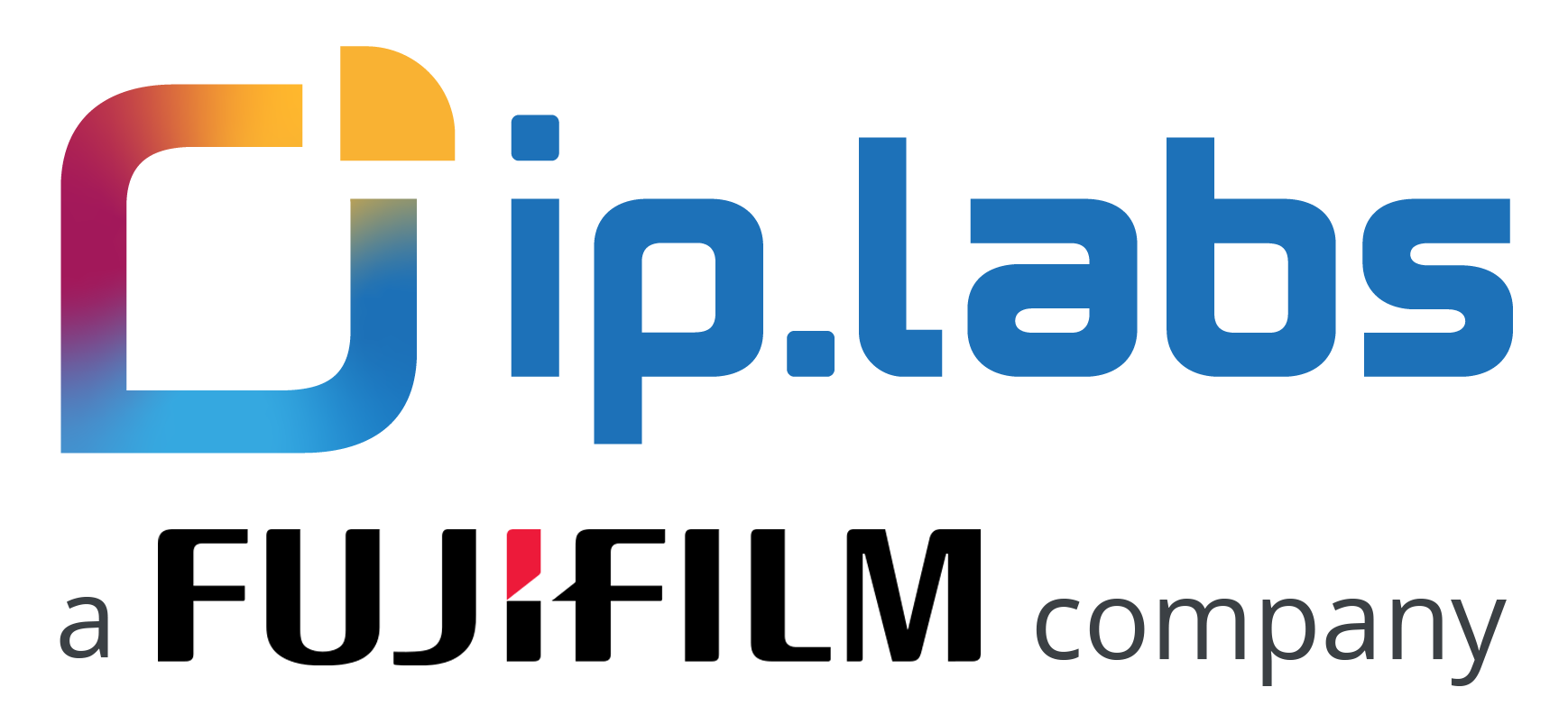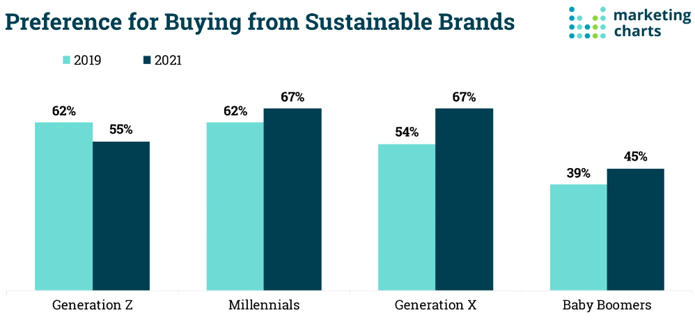7 min read
6 Uncomfortable Truths About Photo Product Business
Oct 25, 2023

Once dominated by physical shops and bulky album books, the photo business is now caught up in the turbulence of digital transformation. While statistics suggest a healthy projection for the global market for personalized gifts – an anticipated surge to US$47.6 billion by 2030 – the industry is also rife with stories of major retail layoffs and the decline of once-popular online photo sites.
While it’s tempting to draw sweeping conclusions in one direction or another, in truth the landscape is nuanced. The pandemic, an unexpected catalyst, thrusts consumers and businesses alike into a digital-first world. Brick-and-mortar stores have been converted into websites, and a few taps on a smartphone can take a customer directly from taking a photo to ordering a physical print. Consumers, now more than ever, crave personalized experiences.
However, in the world of business, with great opportunities come great challenges. Adapting to the new norm is not just about riding the digital wave but also about understanding and catering to the complex tapestry of consumer needs.
We've unearthed some hard-hitting truths in our quest to peel back the curtain on this dynamic industry. It's time for photo product businesses to face reality and arm themselves with the knowledge to not just survive, but thrive in this ever-evolving market.
Contents
1. Stay Ahead of the Technology Curve
The technology we use to design and create photo products is advancing rapidly. Formerly complex trends like 3D printing technology and augmented reality (AR) are becoming increasingly accessible, as are powerful design tools powered by artificial intelligence (AI).

Artificial Interlligence In Retail, research conducted by Precedence Research based on future prediction analysis.
It’s hard to understate the scale and impact of this technology. According to Precedence Research, the global AI in retail market size accounted for US$8.41 billion in 2022 and is projected to attain around US$45.74 billion by 2032. Similarly, according to Global Newswire research, the global market for AR and virtual reality (VR) technologies is expected to reach US$1.27 billion by 2030, up from US$37 billion in 2019.
Businesses looking to offer the best experiences for their customers need to work with this technology early. If they do not, they risk being left behind by competitors who offer more powerful and user-friendly customization options.
2. Focus on Personalization
In a saturated digital landscape, consumers prioritize personalized experiences over generic ones and seek products that resonate with their individual preferences. When it comes to gifting, for example, 85% of gift buyers say that personalization is one of the biggest factors that determine the perfect gift.
This trend holds true whether people are shopping for keyboards, coffee cups, or photo books, and is driving demand for advanced forms of customization across the photo product market.
Importantly, this personalization extends beyond basic design elements - simply adding a photo to a generic design is not good enough anymore. When searching for personalized photo products, consumers value the ability to customize designs, choose from various product options, and add personal touches such as names, dates, and captions.
3. Differentiate Your Offerings from the Crowd
The photo business is booming, but it’s also a crowded market. Both established companies and new entrants face fierce competition, and gaining a significant foothold in the market is highly challenging.
If they’re going to make an impact in this crowded sector, businesses must differentiate themselves from their rivals and carve a unique niche. They can elevate their offerings by focusing on niche services, innovative features, a seamless user experience, and authentic storytelling. This strategic distinction not only attracts customers but fosters loyalty, allowing businesses to compete on value rather than just price.
4. be Serious About Privacy
As businesses use the technology needed to offer personalized photo products, they inevitably handle huge amounts of customer data. This influx of data has brought the importance of robust security measures and strict privacy protocols to the forefront. As data breaches and cyber-attacks become more sophisticated, businesses need to be ahead of potential threats, ensuring their customers' sensitive information stays secure.
Global operations add another layer of complexity to privacy concerns. Navigating international compliance regulations is challenging, as different countries and regions have distinct privacy and data protection laws, such as the EU’s GDPR and California’s CCPA. Failing to comply can result in hefty fines and a tarnished reputation. Hence, understanding and adapting to these ever-evolving rules is not just about legal compliance; it's about building trust with customers, assuring them that both their memories and personal data are in safe hands.
5. Be Sustainable
In today's business climate, sustainability and ESG (Environmental, Social, and Governance) considerations are not mere buzzwords. As stakeholders, from investors to consumers, increasingly value responsible and sustainable practices, businesses must integrate these principles into every facet of their operations.
Buyer preference research conducted by Marketing Charts based on age factors.
This challenge is particularly pronounced in the photo business. Traditional printing processes are resource-intensive, consuming significant amounts of paper, ink, and energy, and this environmental footprint clashes with the growing demand for greener solutions. However, the industry is not remaining static. Companies are pioneering innovative approaches to mitigate these environmental impacts, such as utilizing recycled materials, reducing waste in production processes, and optimizing energy use.
The need for change isn’t just being driven by the boardroom. Modern customers are not just passive recipients of products; they are informed and conscientious purchasers. They desire not only high-quality photo books and calendars but also products that align with their values of sustainability.
6. be Open to Partnerships
In a rapidly changing industry subject to volatile market dynamics, there’s no need for any individual organization to go it alone. Businesses can benefit from partnering with software and service providers that deeply understand the personalized photo product market.
These partnerships enable organizations to seamlessly implement advanced personalization tools, overcome international go-to-market barriers, and ensure a smooth buyer journey from design through to fulfillment and post-purchase.
The right partner will assess your individual business needs and adapt to meet your brand objectives — whether that’s expanding your existing photo product offerings to offer more advanced features, establishing your market presence, or targeting new, niche, or international markets. To explore how a software provider like ip.labs can help your organization thrive in the growing personalized photo product landscape, visit www.iplabs.com.
Topics: photo commerce market
Written by Darsi G.
Hey there! I am the digital marketing manager of ip.labs! I love the whole process of article creation and enjoy writing blog posts. They not only provide the readers with great information but help me, as a digital marketer and writer, learn a lot of new things throughout the research and blog post finalization process. It is a win-win situation! P.S. Hope you like my blog posts!





